Let’s be honest, we’ve all been stung by the hysteria surrounding a horror movie that people claim to be the “scariest of all-time”, only for it to be a damp squib that wouldn’t frighten a baby.
Look back through the history of film and it’s often the titles that aren’t classified as horror that can cause the biggest scares, sometimes unintentionally, as directors attempt to thrill or educate us.
Whether it’s an innocent-seeming family film, a brutally truthful war film or a documentary that doesn’t pull any punches, cinema has proven time and time again that a film doesn’t need a chainsaw-wielding maniac to terrify us.
Here are 26 films that aren’t horror movies, but probably should be, ranked.
26. The Arrival of a Train at La Ciotat Station (1896)
Let’s make one thing clear, a 50-second silent movie about a train pulling into a station is not scary in the slightest. However, a rumour has followed this film since its first-ever showing by the Lumiere brothers in Paris, in 1896. Due to moving pictures still being a very new medium, reports claimed that audiences literally screamed as they believed they were about to be hit by the train. The claims have been scrutinised by historians over time, but that didn’t stop Martin Scorsese from recreating the moment in his 2011 homage to early cinema, Hugo.
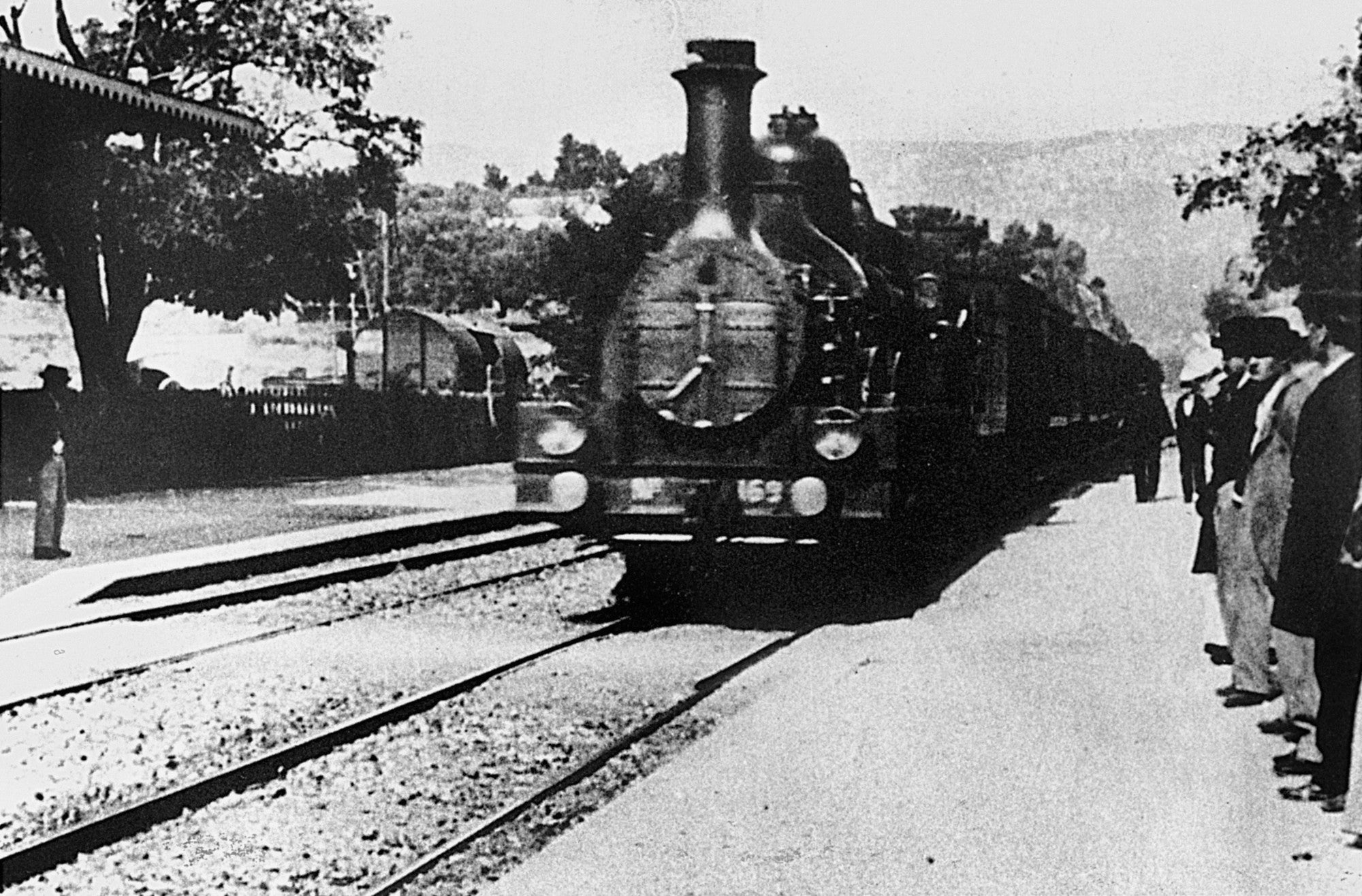
25. The King of Comedy (1982)
Before Joaquin Phoenix wore the face paint for Joker and before Jake Gyllenhaal’s unhinged performance in Nightcrawler, there was Robert De Niro as Rupert Pupkin. Martin Scorsese’s creepy dive into the world of celebrity obsession sees De Niro dig into a type of derangement that many have tried to replicate but few have surpassed. Amplified by an equally disturbing turn by Sandra Bernhard, King of Comedy’s scariest achievement is perhaps making viewers sympathise with a pair of kidnapping psychopaths.
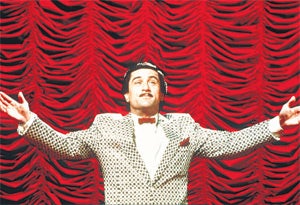
24. The Wizard of Oz (1939)
OK, Judy Garland taking us singing and dancing down the Yellow Brick Road to see the “Wonderful Wizard of Oz” shouldn’t be scary. But its fantasy elements tip the classic musical over into something akin to a technicolour fever dream, typified by Margaret Hamilton’s devilish performance as the Wicked Witch of the West and the multitude of bizarre characters Dorothy meets on her journey. Don’t get us started on the flying monkeys…

23. The White Ribbon (2009)
Any movie about the rise of fascism is going to be scary, but making that story about the literal origins of the evil within children creates something far more unnerving. Director Michael Haneke has a history of subverting horror tropes throughout his career, in far more explicit movies like The Seventh Continent, Funny Games and Cache. However, the mysterious way the wickedness is exposed in The White Ribbon makes for a far more haunting experience.
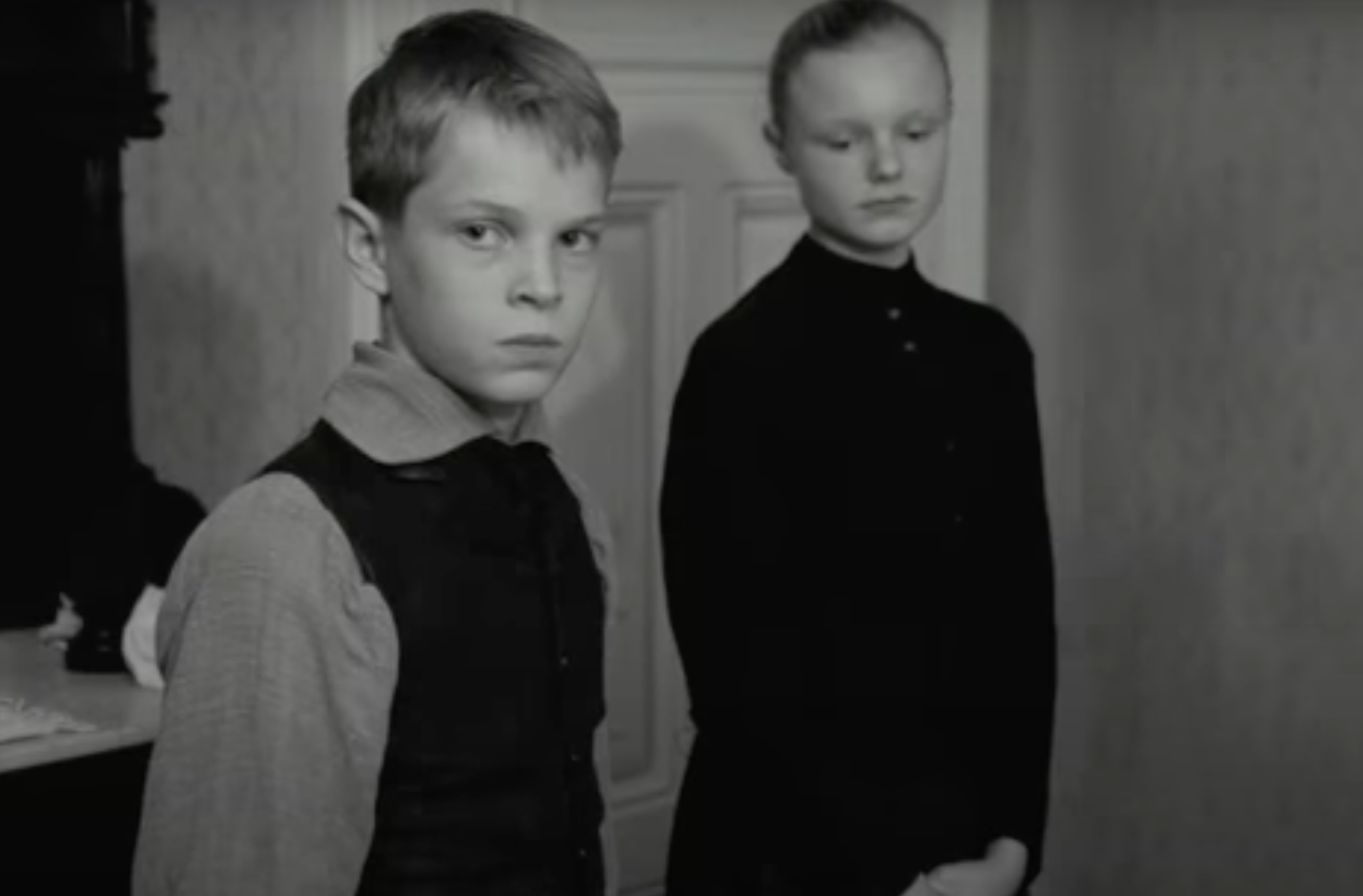
22. 12 Monkeys (1995)
Much like many directors on this list, Terry Gilliam has used horror elements throughout his films without ever making a movie that fits into the genre. 12 Monkeys – a sci-fi film inspired by the 1962 short film La Jetée, about a virus that wipes out much of humanity – is a troubling enough concept in itself. However, the film’s nihilistic ending about witnessing your own death and being powerless to stop it is even more deeply upsetting.

21. Pan’s Labyrinth (2006)
Guillermo del Toro’s 2006 masterpiece, which won three Oscars, is the director at his best; endeavouring to find the humanity within the worlds of fantasy or horror. Set during Franco’s fascist reign in Spain, Pan’s Labyrinth features some of the Mexican visionary’s scariest creations, such as “The Pale Man”, a saggy-skinned, child-eating monster whose eyes are on his hands.

20. One Flew Over the Cuckoo’s Nest (1975)
Any film set in a mental hospital isn’t going to be a barrel of laughs, but One Flew Over the Cuckoo’s Nest takes that premise and presents us with one of the coldest and scariest villains in movie history. Nurse Ratched, played by Louise Fletcher, has the same wickedness that any sadistic horror antagonist possesses, but it’s her overall lack of humanity that should strike fear into any viewer. It could be argued that Jack Nicholson’s RP McMurphy doesn’t deserve any sympathy, but the same can’t be said for his fellow patients, especially the stuttering Billy (Brad Dourif), whose death, as the result of Ratched’s demeaning treatment, is utterly heartbreaking.
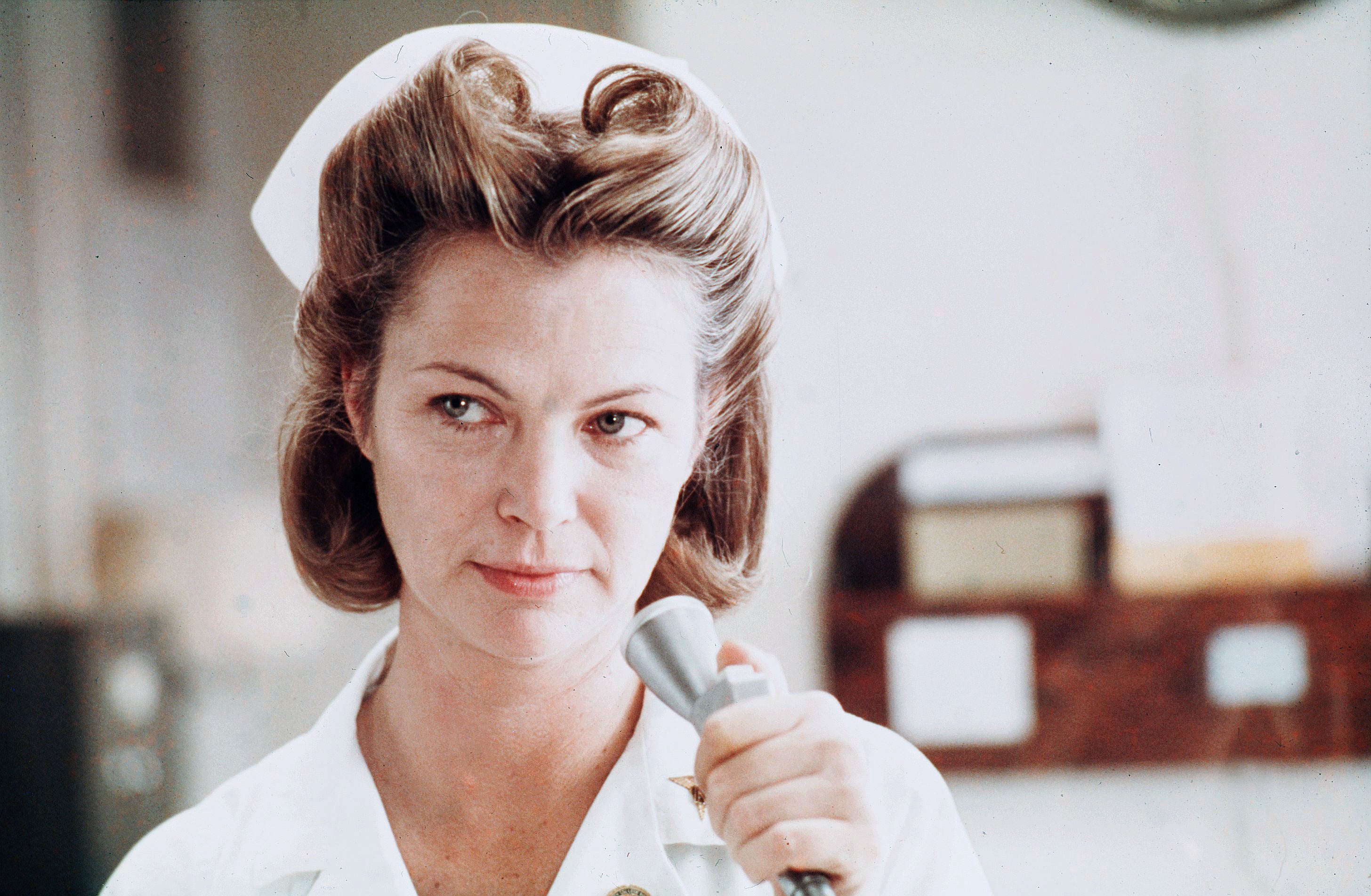
19. Man Bites Dog (1992)
This Belgian black comedy, disguised as a documentary, sees a film crew follow the depraved crimes of a charismatic serial killer played by Benoît Poelvoorde. At first, the crew keep a distance from the killer’s misdemeanours, but then they slowly become his accomplices as they delve further into his seedy world. Man Bites Dog is a film that is as horrific as it is brutally funny, holding a dark mirror up to our own acceptance of violence.
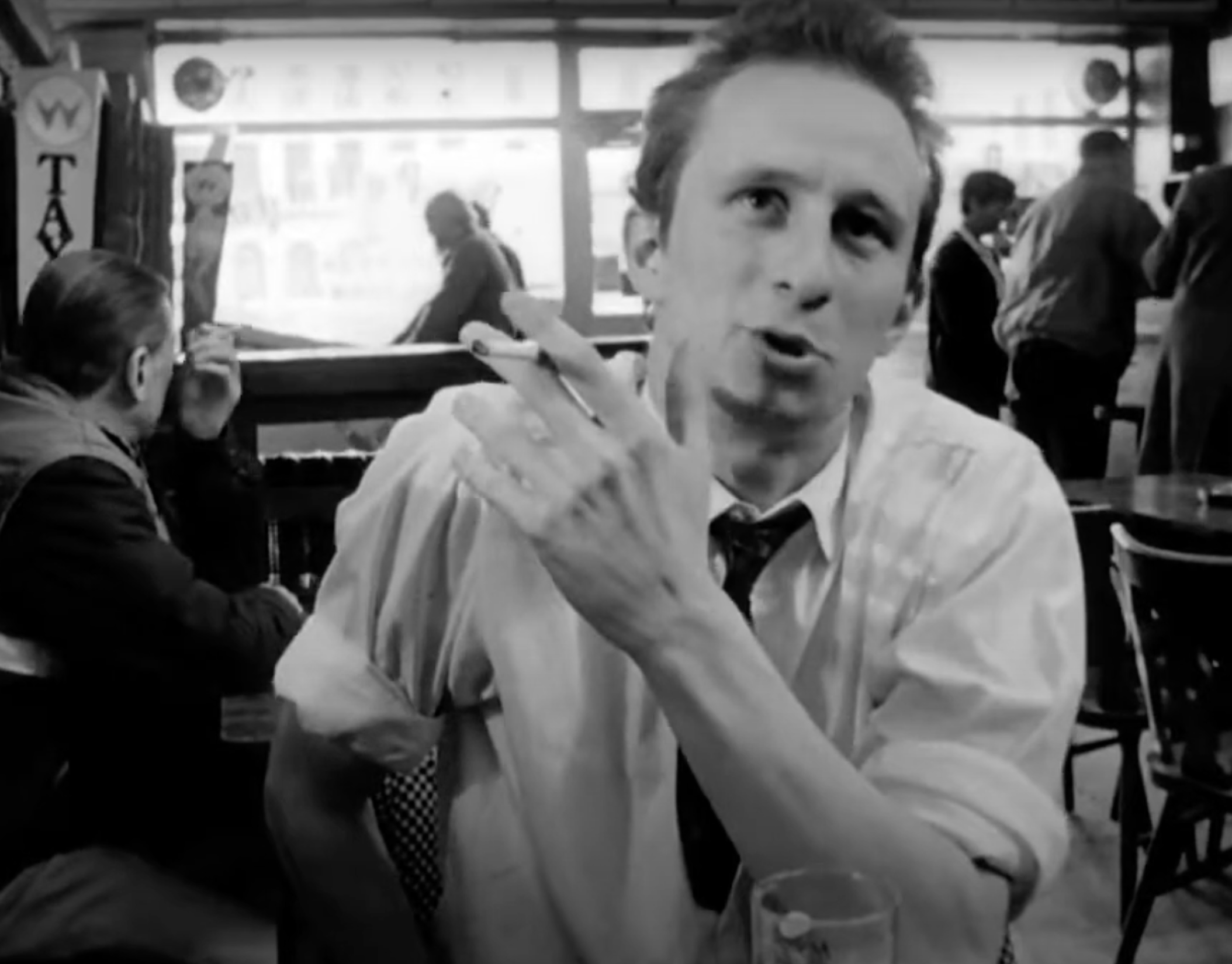
18. The Night of the Hunter (1955)
This sole directorial effort from Charles Laughton sees a serial killer preacher stalk two children in the hope that they’ll lead him to a large sum of stolen money that their father has hidden. Its premise alone makesThe Night of the Hunter immediately disturbing but Robert Mitchum’s menacing performance as Harry Powell is practically an embodiment of pure evil, which can’t be dispelled by the film’s dreamlike quality.
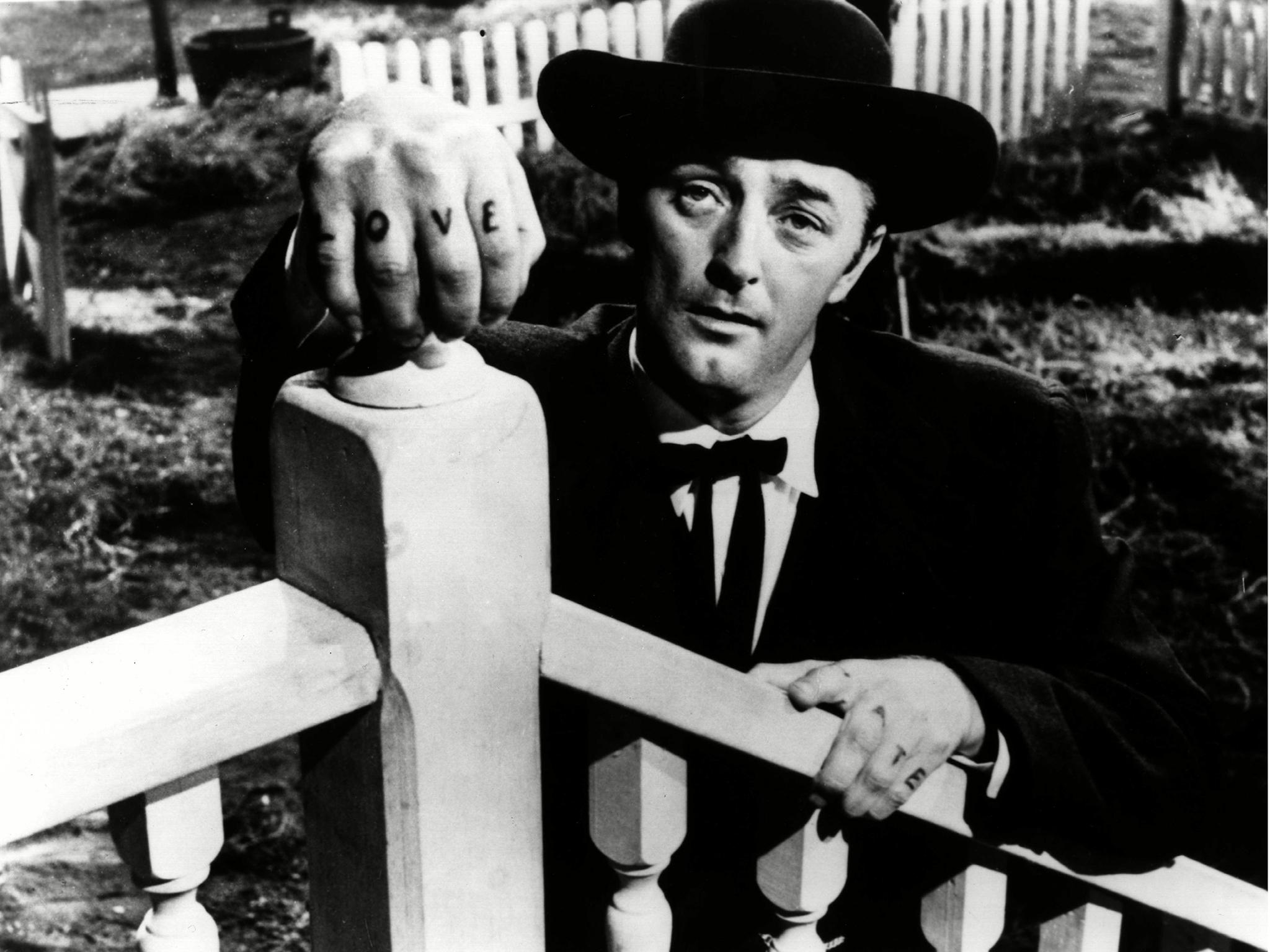
17. Deliverance (1972)
If you’ve ever been invited away for a weekend outdoors with your friends and thought better of it, then you’ve probably watched Deliverance too many times. John Boorman’s film, starring Burt Reynolds and Jon Voight, sees a humble canoeing trip quickly become a traumatic ordeal involving sexual assault, murder and a probable lifetime of therapy. For those that have seen it, you can also thank Deliverance for ruining the otherwise fun sound of a banjo.
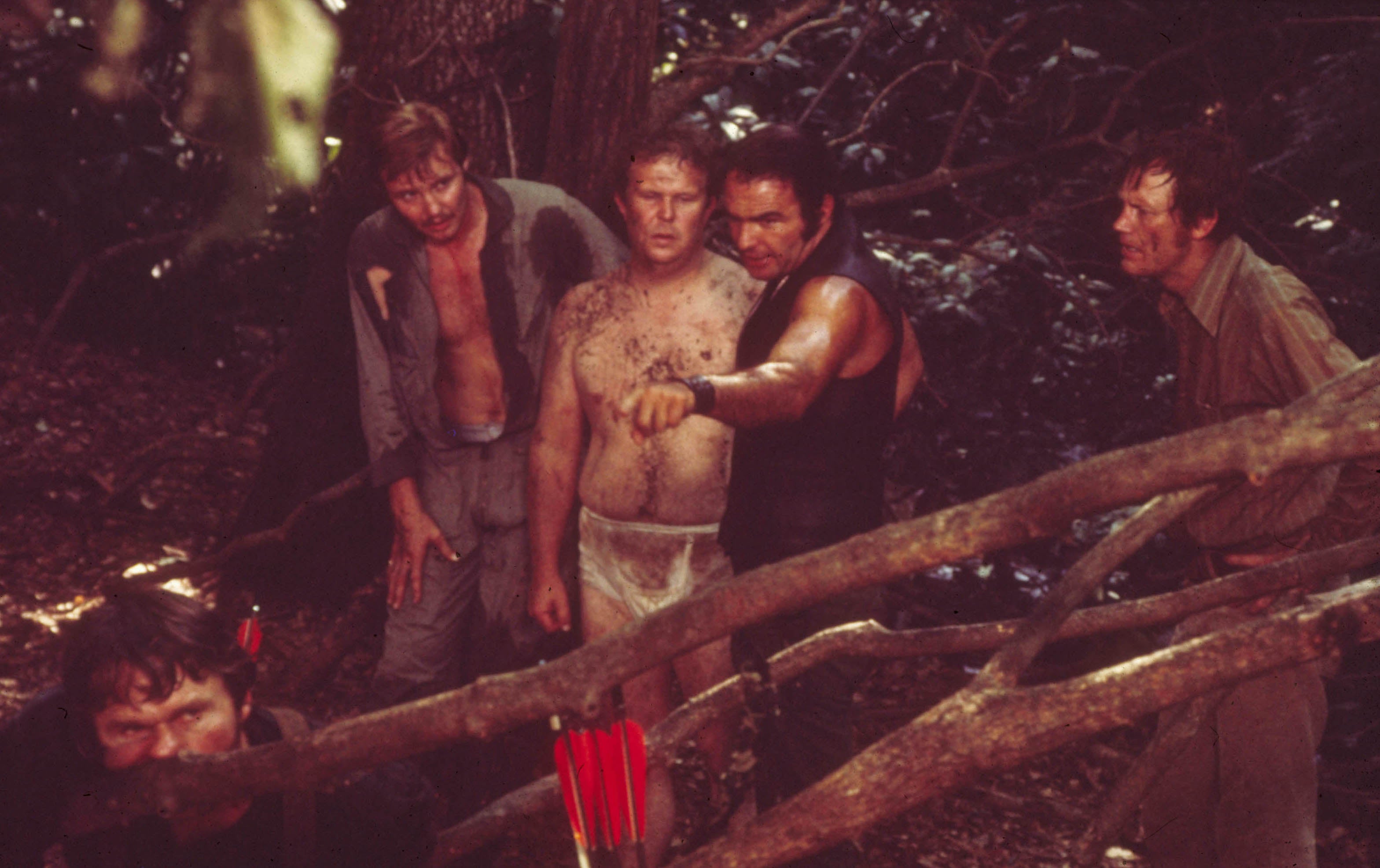
16. Grizzly Man (2005)
The scariest part of Werner Herzog’s Grizzly Man isn’t the bears but Timothy Treadwell, who was killed and eaten by a bear in 2003 and had the unfortunate honour of capturing his own death on tape. The audio is never used in the film but we do see the famously fearless Herzog listen to the tape, calling it “the most terrifying thing I’ve ever heard in my life”. The expression that Treadwell’s ex-girlfriend, Jewel Palovak, gives while watching Herzog listen to the tape is something more harrowing than any actor could convey.
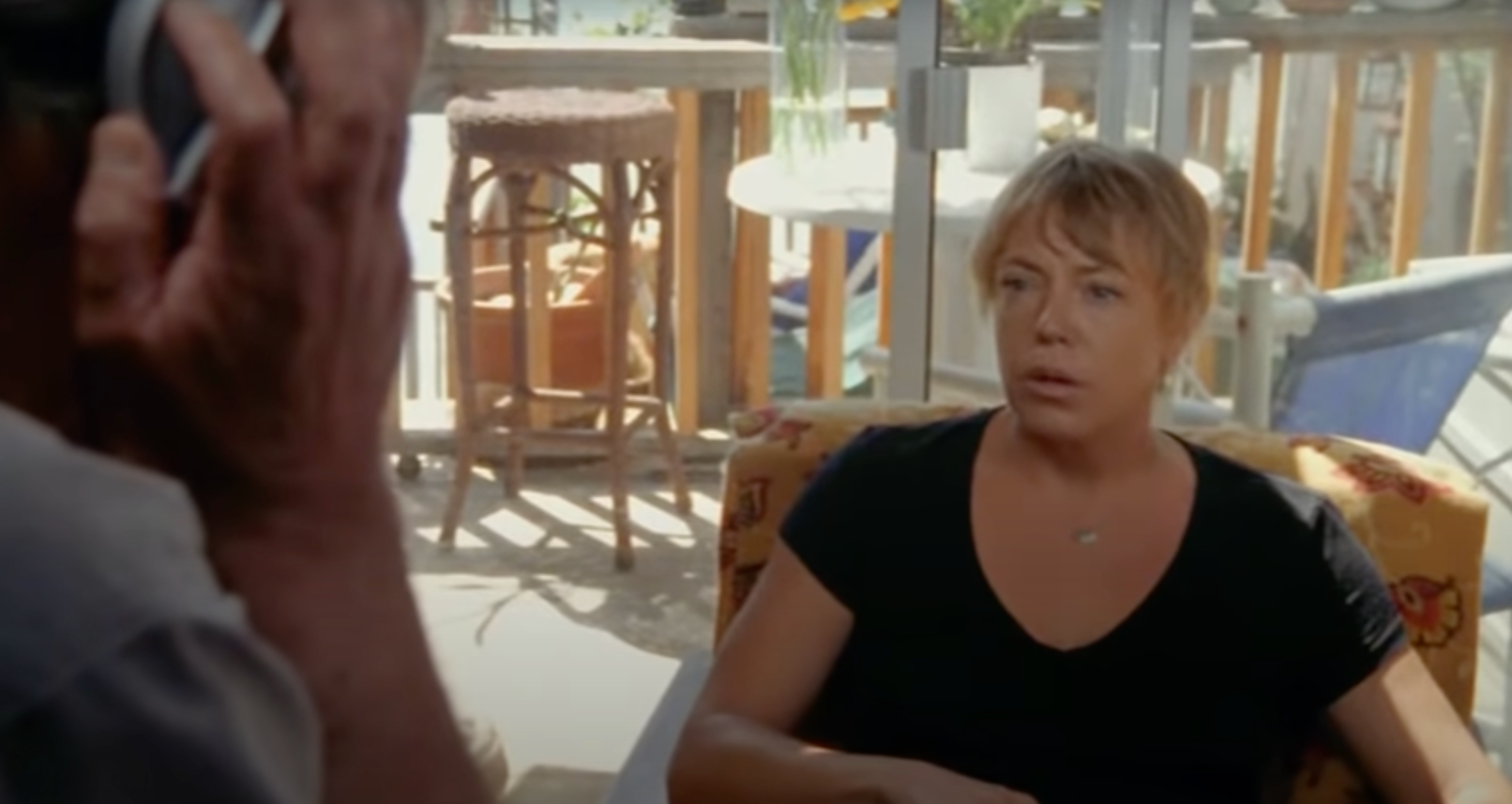
15. The Zone of Interest (2023)
If Haneke’s The White Ribbon was about the origins of evil, what happens when it is fully manifested? Jonathan Glazer’s Oscar-winning Zone of Interest, based on a 2014 Martin Amis novel, isn’t frightening for what you see on screen, but for the horrors that are implied through its sound design as we observe the mundane life of SS officer Rudolph Hoss and his family, in their idyllic house next door to the Auschwitz concentration camp.

14. Perfect Blue (1997)
If you liked 2010’s Black Swan, then allow us to introduce you to the original (although Black Swan director Darren Aronofsky denies being influenced by the film). The movie by the late, great animator Satoshi Kon follows Mima Kirigoe, a member of a J-Pop idol group who begins to lose her grip on reality after being stalked and seeing visions of a doppelganger. The horror of Perfect Blue isn’t in the dark visuals that Kon conjures up, but the psychological torment that the young pop star goes through. It’s a theme that is even more relevant now than when the film was made.

13. Zodiac (2007)
When eager newspaper cartoonist Robert Graysmith (Jake Gyllenhaal), who has become consumed with solving the case of the Zodiac killer, winds up in the basement of a potential lead, you know things aren’t going to go well. An overwhelming sense of dread engulfs one scene where Graysmith hears a creak on the floorboards above him, causing him to bolt for the exit. Although the scene is nothing but a red herring, it’s a small but terrifying reminder that the Zodiac case was never resolved, meaning the killer could still be lurking anywhere.
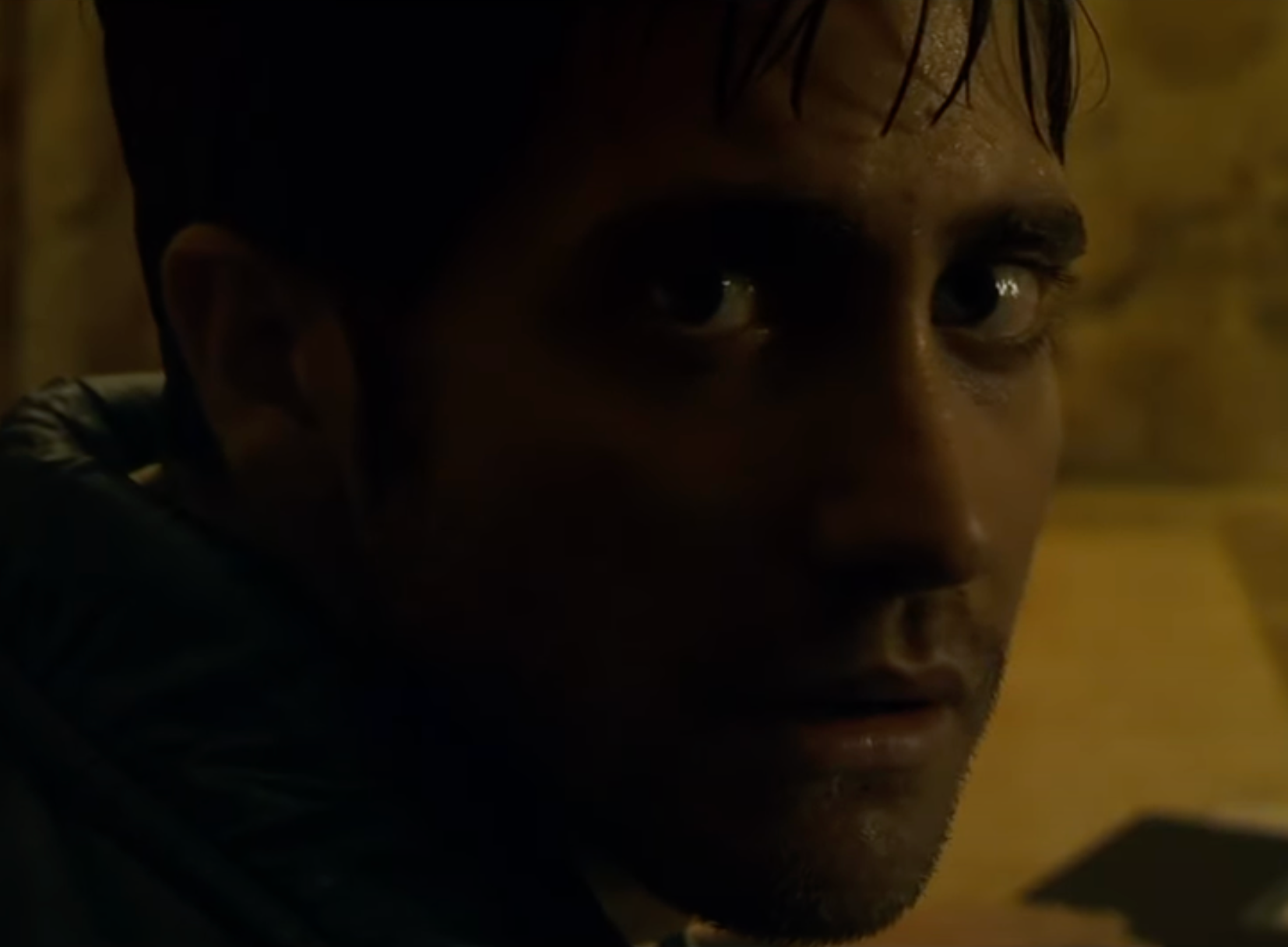
12. The Act of Killing (2012)
Few documentaries have blurred the boundaries between fact and fiction quite like Joshua Oppenheimer’s The Act of Killing. The Oscar-nominated film follows the former leader of an Indonesian death squad, Anwar Congo, who between 1965 and 1966 killed or ordered the executions of an estimated 500,000 to one million suspected communists. Rather than have Congo and his associates retell their stories, Oppenheimer instead challenged them to dramatically recreate the killings as if they were making a movie, leading to deep psychological introspection. The slightly tamer 2014 companion piece, The Look of Silence, is no walk in the park either.
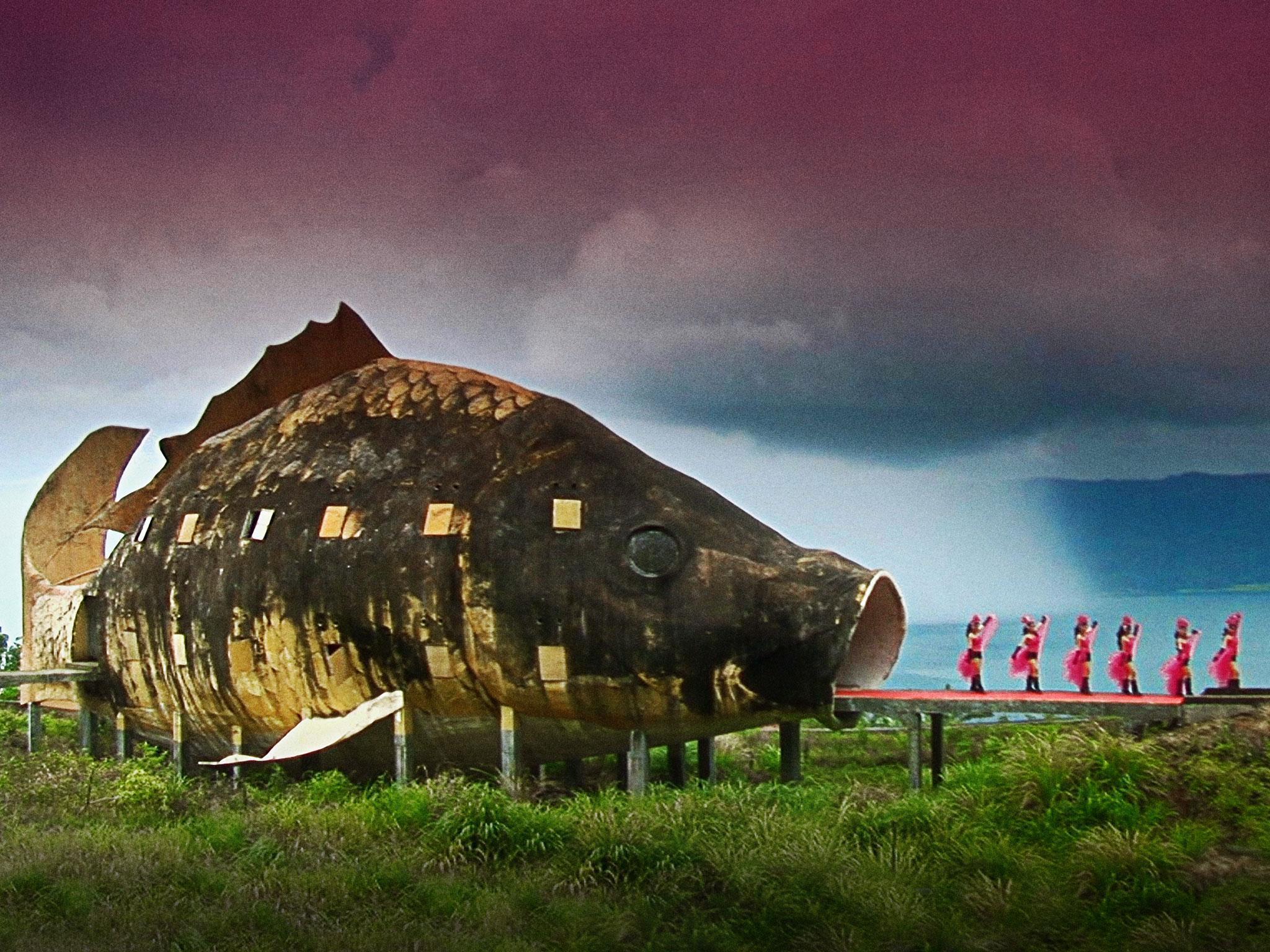
11. Willy Wonka and the Chocolate Factory (1971)
Roald Dahl here, proving that even a trip to a chocolate factory had to feature an undercurrent of murder and meanness – although it’s the surrealness of Willy Wonka that most will remember. Gene Wilder’s oddly menacing presence throughout the film creates moments that make you question the character’s true intentions, and that’s before you realise that four children “die” on the tour of his factory. All we can say is thank goodness it wasn’t as depressing as the Glasgow Willy Wonka experience, which left children in tears.
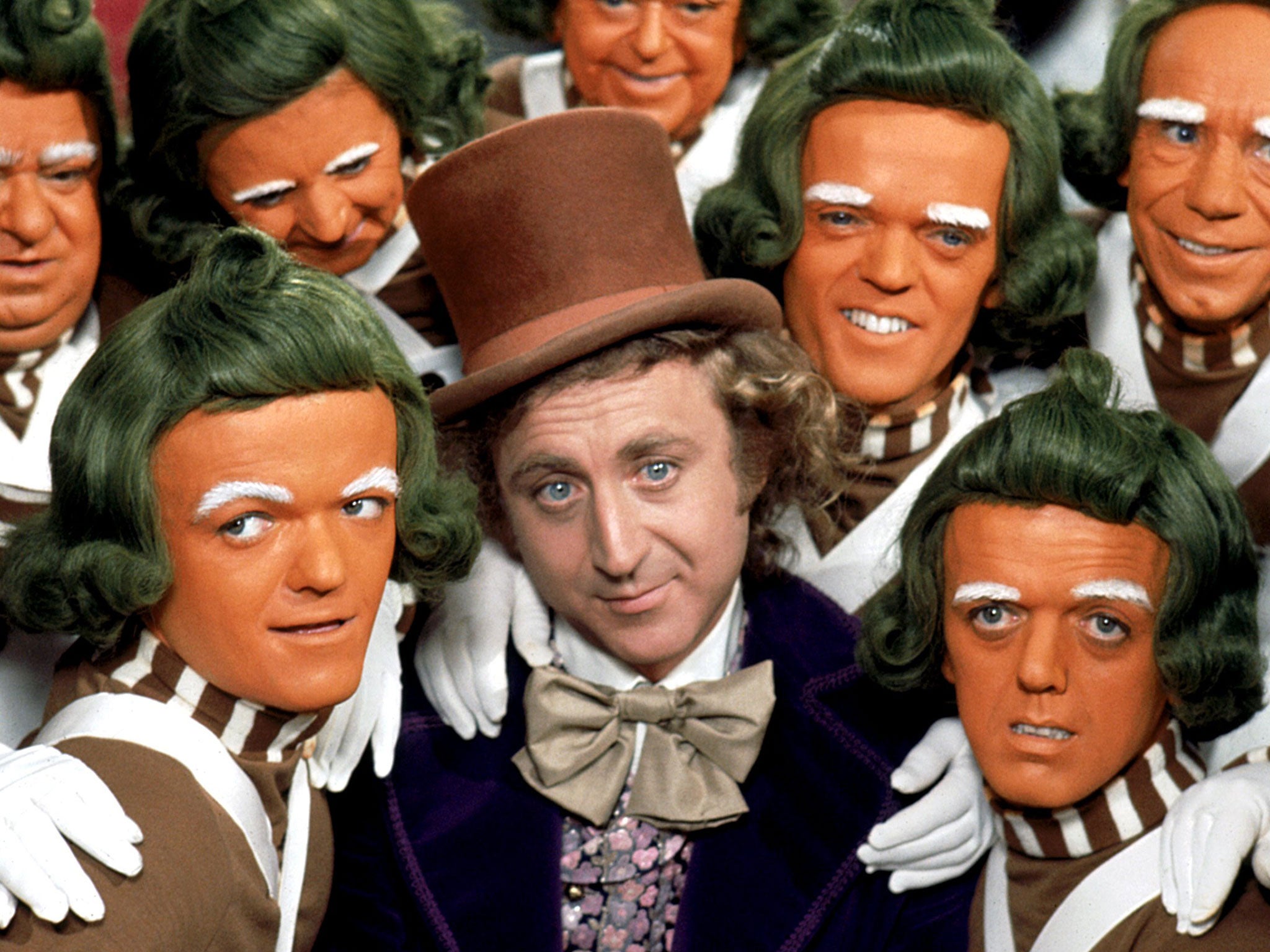
10. Requiem for a Dream (2000)
Darren Aronofsky often treads the fine line between horror and drama, usually descending into depraved excesses that would seem too far-fetched for even the most extreme of movies. Requiem for a Dream, his adaptation of Hubert Selby Jr’s 1978 novel about four drug addicts whose lives rapidly spiral out of control, features imagery that is so grotesque and humiliating it almost undermines its powerful message about substance abuse. Plus, it’s got Jared Leto in it, and what could be scarier than that?
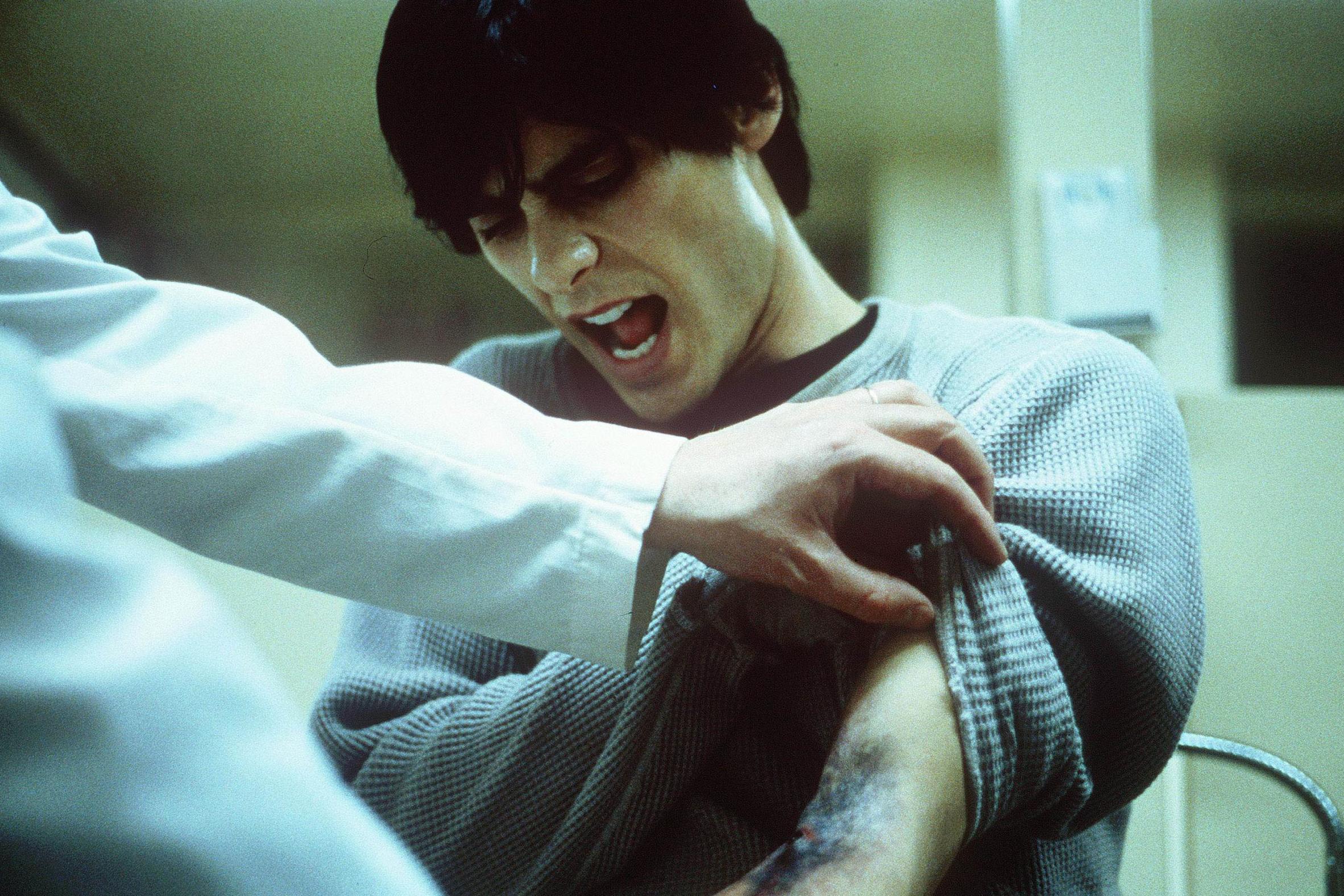
9. Watership Down (1978)
Many childhoods will have been ruined by parents innocently thinking Watership Down was a nice animated film about bunnies and not realising it was actually a horrifying tale of the hardships of nature. Based on Richard Adams’s 1972 novel of the same name, the film plunges you down into a literal rabbit hole of distressing imagery and brutal violence. Although the film now holds a PG rating in the UK, having been upgraded from a U, it’s baffling to think that this was ever made for the sole consumption of children.
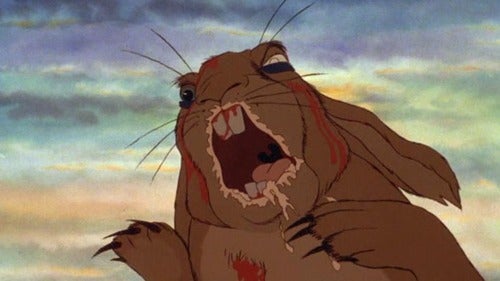
8. Jurassic Park (1993)
Jurassic Park is essentially Steven Speilberg’s homage to the “monster movies” of Hollywood’s Golden Age, like King Kong, but just far more scary and violent. Whether it was velociraptors stalking their human prey like a prehistoric Jason Voorhees, or a T rex eating a man while he’s on the toilet, the terror unleashed by the dinosaurs was unlike anything blockbuster cinema had seen before. Such was the bloody intensity of the attack scenes in Jurassic Park that the BBFC upgraded the rating of the movie from a PG to a 12A after a rerelease in 2023.

7. Chitty Chitty Bang Bang (1968)
Here are a few things that every good family film needs: adorable kids, an eccentric father figure, a kind and caring love interest, some great songs, a flying car and... an unbelievably creepy character who kidnaps children. The Child Catcher in Chitty Chitty Bang Bang, adapted by Roald Dahl from Ian Fleming’s novel, has plagued the dreams of children for decades, with Robert Helpmann, a renowned ballet dancer who in real life loved children, essentially stealing this film in every scene he’s in, tapping into something much darker than is ever shown on screen.
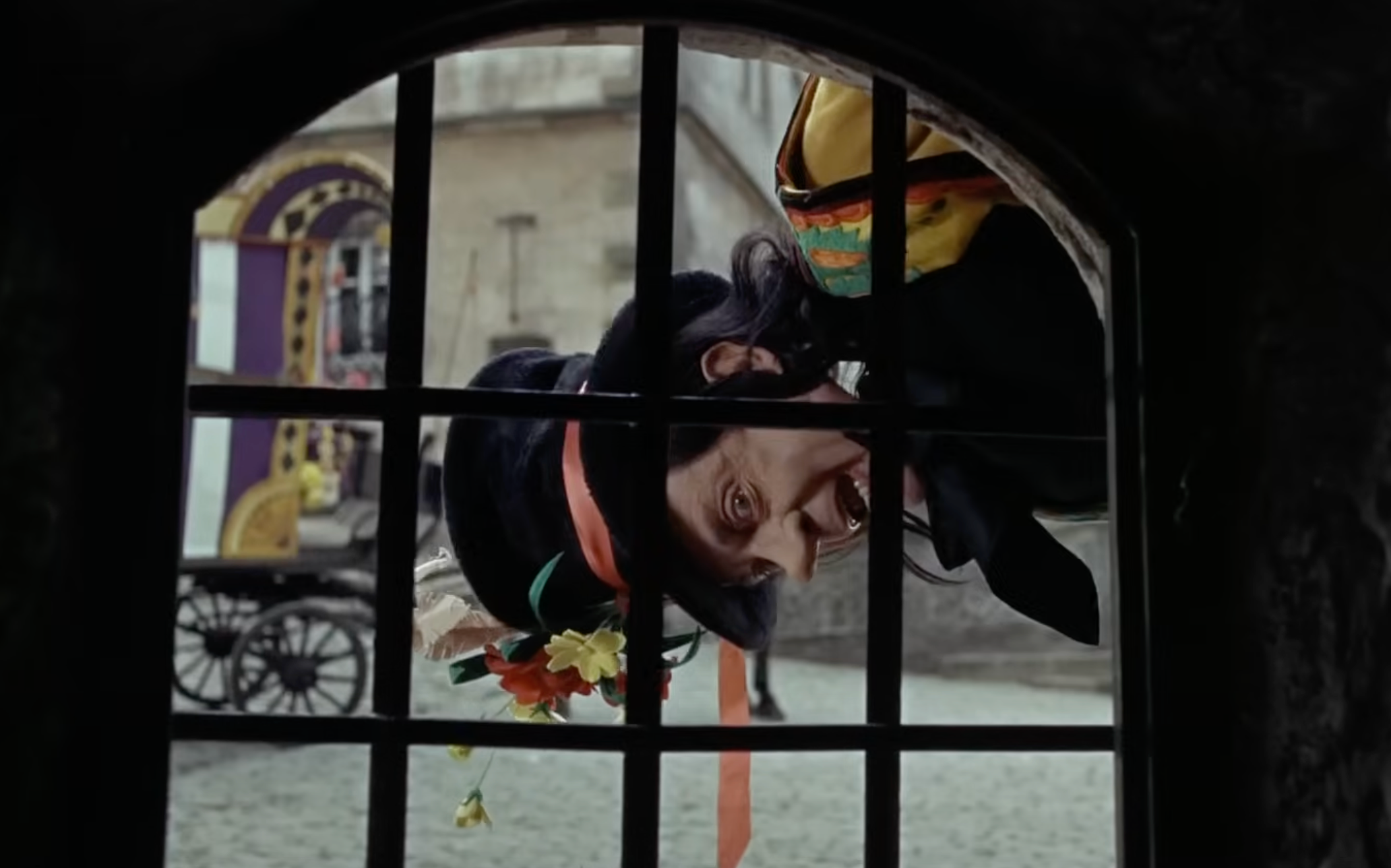
6. Mulholland Drive (2001)
Any number of David Lynch films could have ended up on this list, with much of his filmography, from Eraserhead to Inland Empire, presenting us with deeply unsettling imagery that plays with our perceptions of dreams and society. His 2001 magnum opus, Mulholland Drive, perhaps features one of the greatest scares in all of cinema when we are presented with “The Bum” behind Winkie’s Diner, a scene so cleverly constructed and dripping with dread.
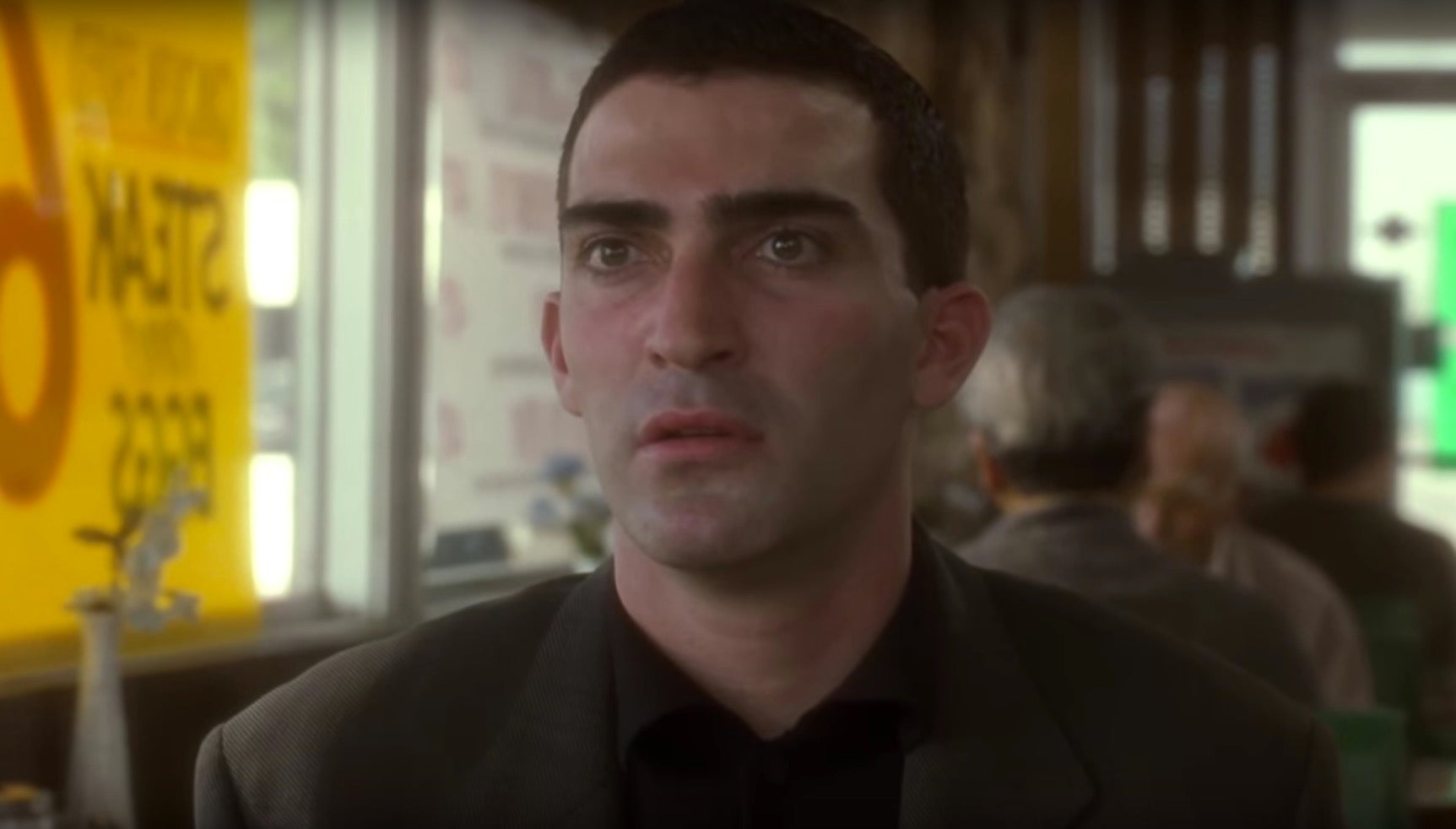
5. Return to Oz (1985)
Making a sequel more than 40 years after the original Wizard of Oz was always going to be a bold move, and rather than rekindle the joy of the first film, frequent Francis Ford Coppola collaborator Walter Murch instead doubled down on the darkness. Return to Oz is a far more horrifying movie than the original, featuring an evil princess who has a collection of changeable heads and a gang of goons who have wheels instead of hands and feet. At the time, one critic called it “a horror show flying under the banner of family entertainment”.
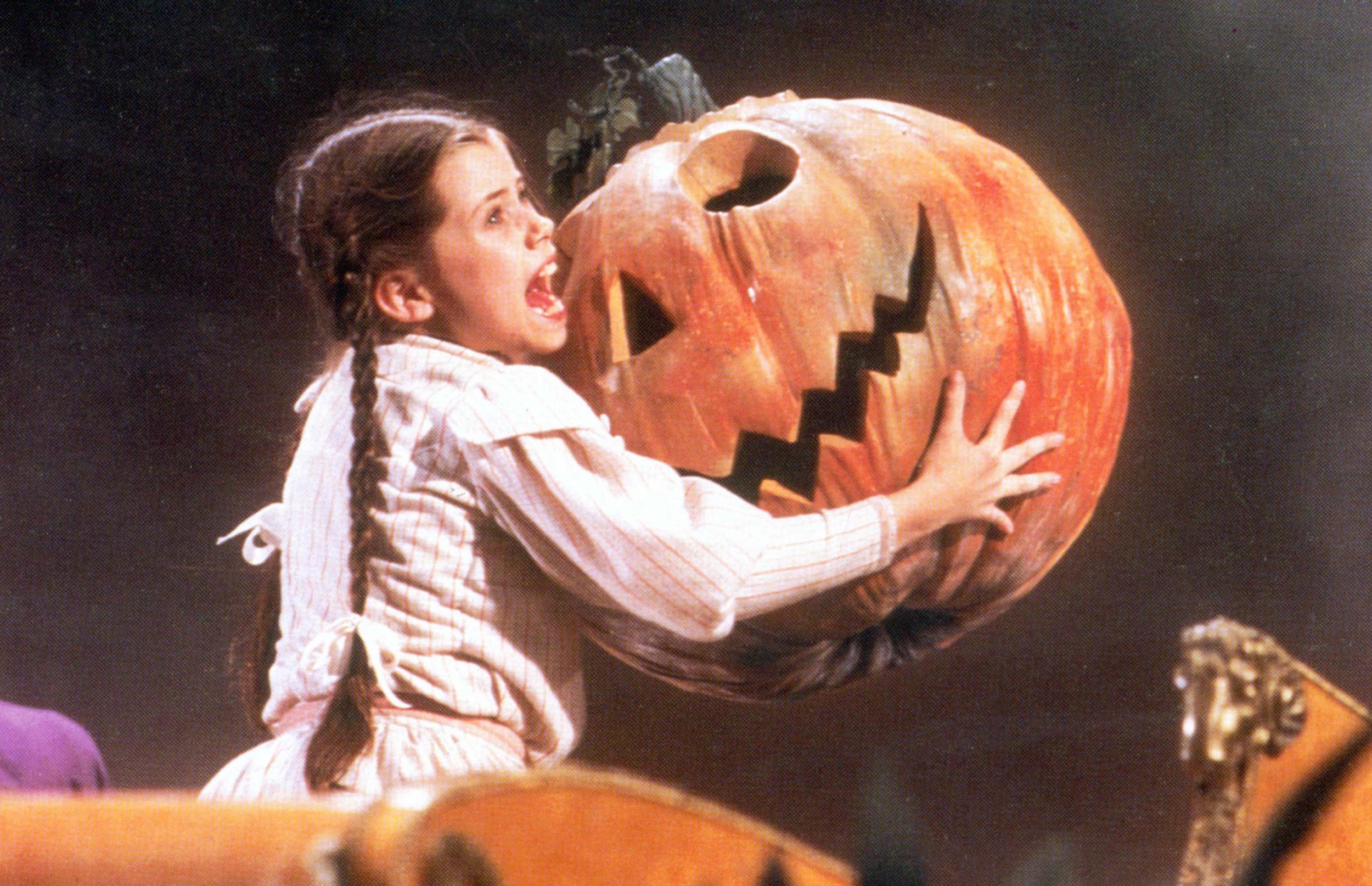
4. Come and See (1985)
Set in Belarus, during the Nazi occupation of the country in the Second World War, Come and See has rightfully earned a reputation as one of the scariest war films ever. Director Elem Kilmov wrote the film with Ales Adamovic, who witnessed many of the atrocities carried out by the Nazis during the conflict. The nightmarish experience, seen through the eyes of a 14-year-old resistance fighter, strives to show just how horrific war can be, both physically and mentally.
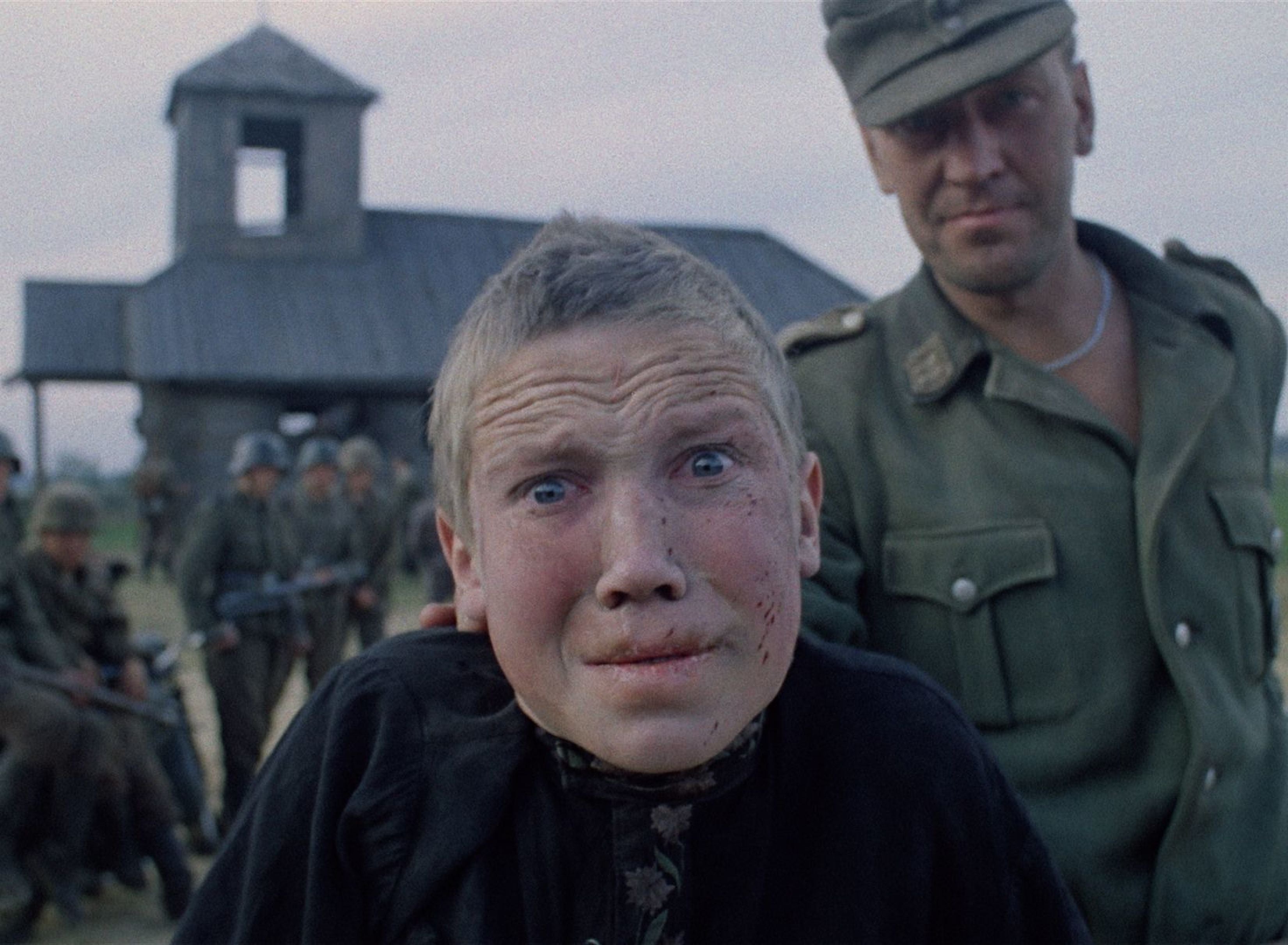
3. Jaws (1975)
Film fans will debate for the rest of the time whether Jaws is a horror film or a thriller with a killer shark in it, but the fact remains that it changed cinema and has likely caused generations of people to stop swimming in the ocean. Much like Jurassic Park, Jaws is Spielberg’s take on the classic monster movies and, in essence, set the template for many horror films that involve killer beasts for decades to come.
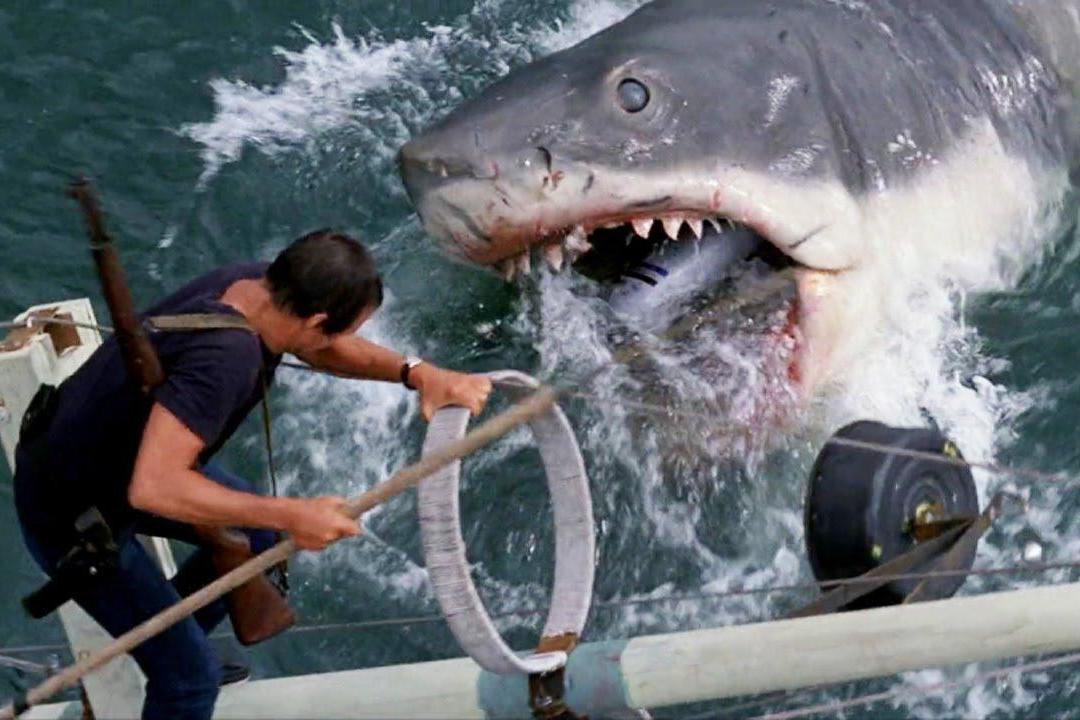
2. The Witches (1990)
Who thought that letting Nicolas Roeg (the man behind the terrifying Don’t Look Now and surreal The Man Who Fell to Earth) direct a kids’ film would be a good idea? Well, that’s exactly what happened in 1990, with The Muppets creator Jim Henson also working as a co-producer and creating the gruesome practical effects. Any child who has seen the sequence where Anjelica Huston and her fellow witches transform into their demonic selves is likely still having nightmares to this day, and let’s not talk about turning little boys into mice. As disturbing as the film was, Roald Dahl was reportedly incensed that it had a positive ending, compared to the much darker conclusion of his novel.
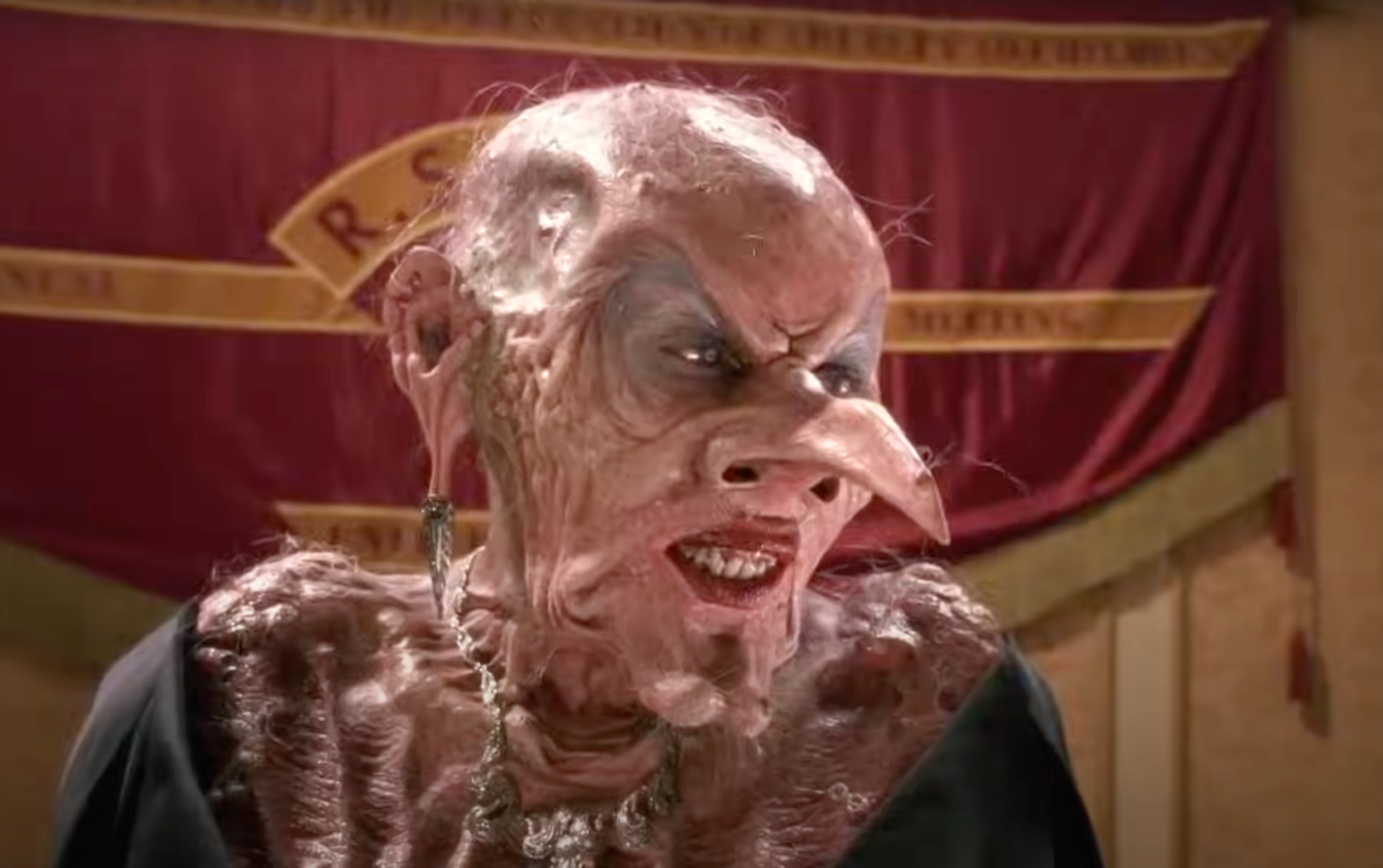
1. Threads (1984)
Mick Jackson’s 1984 docudrama is a horrifically realistic depiction of a nuclear winter, with the director opting to focus on the scientific and sociopolitical impact of what an attack of that magnitude would look like. Adding to the bleakness of the film is the kitchen sink drama of the story, focusing on a young couple in Sheffield. This domestic tale is interspersed with scenes of social unrest, desperate efforts to survive and fictional news reels. Threads, which has only ever been broadcast on BBC television four times, remains as harrowing and important as it was 40 years ago.
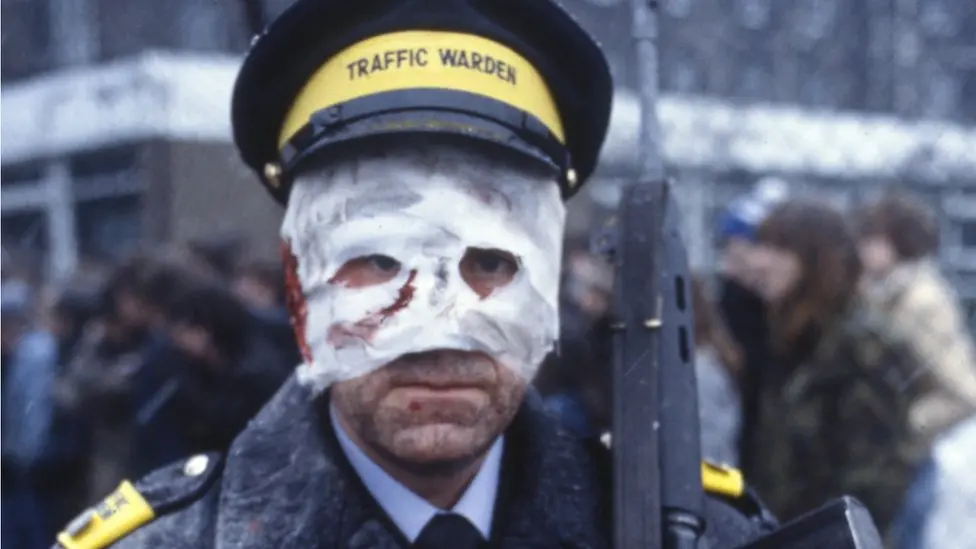
A rise of real-life freak accidents is making Final Destination scarier than ever
The 15 most traumatic children’s films, from Watership Down to My Girl
Margot Robbie spotted on set of controversial Wuthering Heights adaptation
Snow White box office results land after devastating reviews
Justin Baldoni accuses publicist of sparking ‘catastrophic’ Blake Lively firestorm
‘I lost everything’: 17 acting careers ruined by a single role







